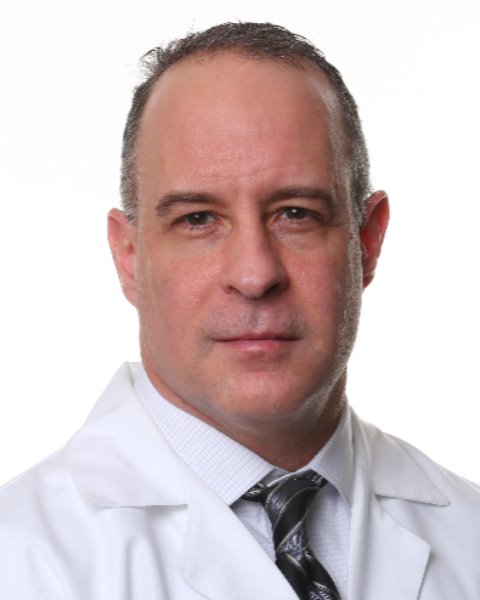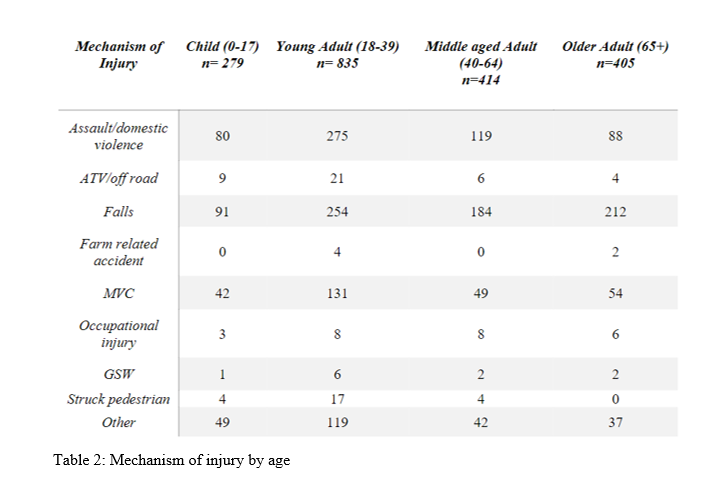Trauma Management
(55) Epidemiology of Facial Fractures in a Rural Level I Trauma Center
Thursday, September 21, 2023
1:30 PM - 3:00 PM PDT

Knika Sethi, DDS
Resident Physican
Carle Foundation Hospital
savoy, Illinois, United States
Jonathan S. Bailey, DMD, MD
Attending
Carle foundation hospital
Urbana, Illinois, United States
Presenting Author(s)
Co-Author(s)
Disclosure(s):
Knika Sethi, DDS: No financial relationships to disclose
The purpose of this study is to report on the etiology and epidemiology of maxillofacial fractures at a regional level 1 trauma center in central Illinois to better assist clinicians in diagnosis, prevention, and management. The epidemiology of maxillofacial fractures in urban level 1 trauma centers has been well-described in literature. Erdmann et al found that at Duke Medical Center the most common etiologies of facial fractures came from assault (36%) and motor vehicle collision (MVC, 32%)1. Similarly, Halsey et al at also found the most common etiologies as assault (44.9%) and MVC (14.9%), with gunshot wounds being 6%2. However, the characteristics of maxillofacial fractures in rural areas have not been as well-studied. During our literature review, only one paper describing the etiology of facial fractures in a rural American setting was identified3. Smith et al reviewed cases of facial fractures that presented to their Midwestern level 1 trauma center over the period of 2008 to 2009 with a sample size of 154 patients3. They found that 99% of the facial fractures in their data set were caused by blunt trauma; MVC being most common (47%), followed by falls (25%), and assault (12%).
A retrospective chart review was conducted utilizing records from rural, community-based regional tertiary referral center. Data was collected over a five-year period from January 1 2015 to December 31 2019. All patients who presented to our emergency department, were directly admitted or transferred to our institution with a new diagnosis of a radiologically confirmed facial fracture were included. There were no records that were excluded. Patient demographics, type of fracture, and mechanism of injury were collected. A Chi-squared analysis was used to determine statistical significance between select variables. A p-value < 0.05 was considered statistically significant.
A total of 1,935 patients were diagnosed with a facial fracture over this time period, which were all included in our review. The mean age was 38.71 ± 23.87. The most common mechanism of injury was fall (37.94%), followed by assault (31.03%) and motor vehicle collision (13.54%). Women were more likely to report a facial fracture associated with a fall versus all other mechanisms compared to men (p < 0.05). The most common fracture was of nasal bones (30.32%). The mechanism of injuries causing facial trauma were further classified based for type of fracture (table 1) and age (table 2).
In conclusion, the etiology of facial trauma at a rural level 1 trauma center differs from an urban setting. Falls were the most common etiology of a facial fracture at the rural hospital, whereas literature has shown that assault and MVC were the most common etiologies of facial fractures at urban hospitals. Additionally, the most common facial fractures reported differed between our study and documented studies at urban trauma centers. Orbital, mandible, and maxillary fractures were represented to be the most common at urban centers, compared to our study which showed the burden of facial fractures to be concentrated to the nasal bones, orbit and mandible. Understanding the etiology and patterns of facial trauma allow for prevention, diagnosis and development of resident education.
References
1. Erdmann, D. et al.A retrospective analysis of facial fracture etiologies. Ann. Plast. Surg.60, 398–403 (2008)
2. Halsey, J. N., Hoppe, I. C., Granick, M. S. & Lee, E. S. A Single-Center Review of Radiologically Diagnosed Maxillofacial Fractures: Etiology and Distribution. Craniomaxillofac. Trauma Reconstr.10, 44–47 (2017).
3. Smith, H. et al.Etiology, diagnosis, and characteristics of facial fracture at a midwestern level I trauma center. J. Trauma Nurs.19, 57–65 (2012)
Table 1

Table 2

